Music
Trailers
DailyVideos
India
Pakistan
Afghanistan
Bangladesh
Srilanka
Nepal
Thailand
Iraq
Iran
Russia
Brazil
StockMarket
Business
CryptoCurrency
Technology
Startup
Trending Videos
Coupons
Football
Search
Download App in Playstore
Download App
Best Collections
Technology
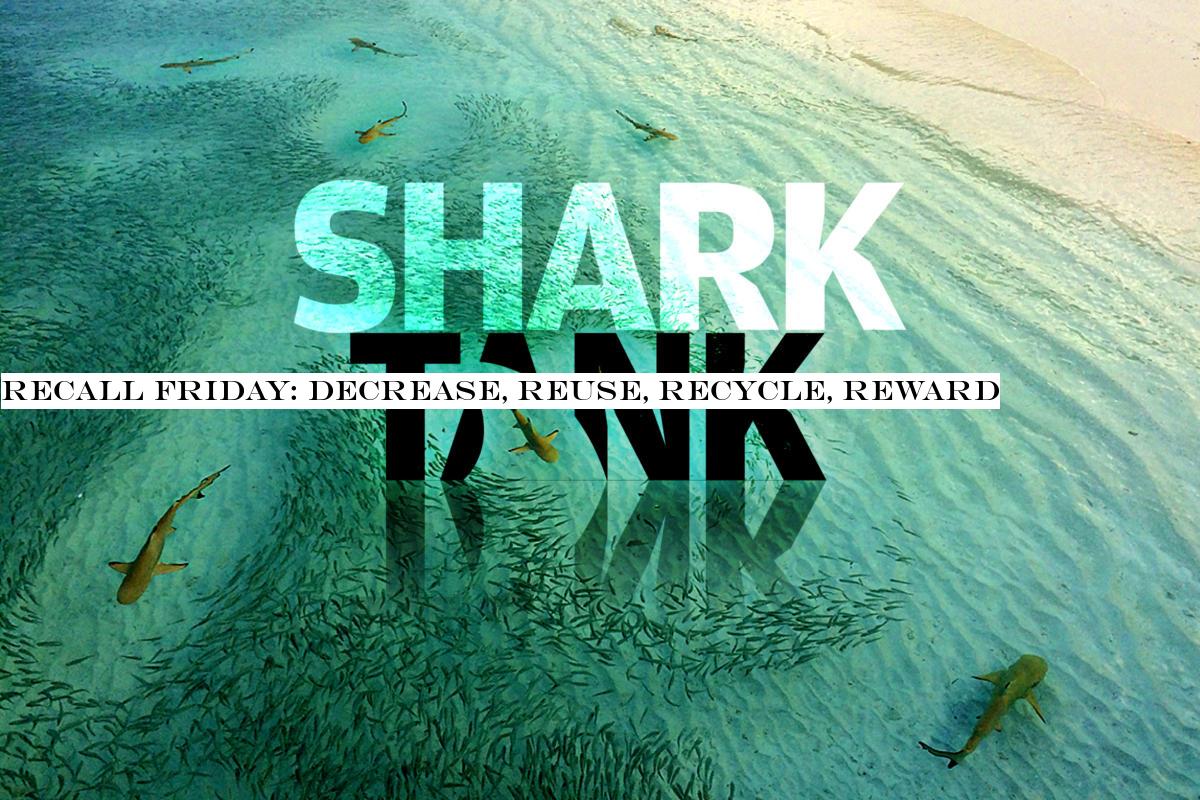
Itback in the days of CRT monitors and this pilot fish has had to get really practical when it comes to dealing with old IT gear.
The practice had been to save old PCs, printers and related electronic junk in an abandoned building owned by the company, fish says. &Then we make an annual trip to the computer recycler in a nearby town.&
But when the boss hears about this, he issues an order: All that stuff goes straight into the trash bin. No discussion — just toss it all in the dumpster, he says.
Fish knows ita really bad idea to dump lead-filled CRTs and circuit boards that way — and probably illegal. So he waits until a week when the boss is away, loads the junk into his truck and carts it off to the recycler. Cost for recycling a yearworth of e-junk: $100.
To read this article in full, please click here
- Details
- Category: Technology Today
Read more: Remember Friday: Decline, reuse, recycle, reward
Write comment (90 Comments)A few months ago, the idea of a hand-washing app would have seemed trivial, at best. We&re all adults here, right? We&ve been washing our hands our entire lives. But things change. Itmid-April and we&re afraid to go outside and engage with other humans — and thorough hand-washing is one of very few tools we have in our collective arsenal.
Life, am I right?
According to Samsung, &a small group of designers and developers from Samsung Research Institute-Bangalore, or SRI-BUX and wearable teams, worked round-the-clock over the last two weeks to come up with a solution that helps you keep healthy and safe.&
They came out the other side with Hand Wash, a Galaxy Watch app designed to remind wearers to wash their hands for at least 20 seconds. There are preset intervals for the reminders, which can be customized by the wearer. The app gives a buzz at the end of 25 seconds — the extra five seconds were tacked on for the application of soap.
The app tracks washings and shows the amount of time thatelapsed since you last washed. Itthe kind of things that would be absolutely crazy-making normally, but these days are anything but. Itavailable now for download in the Galaxy Store.
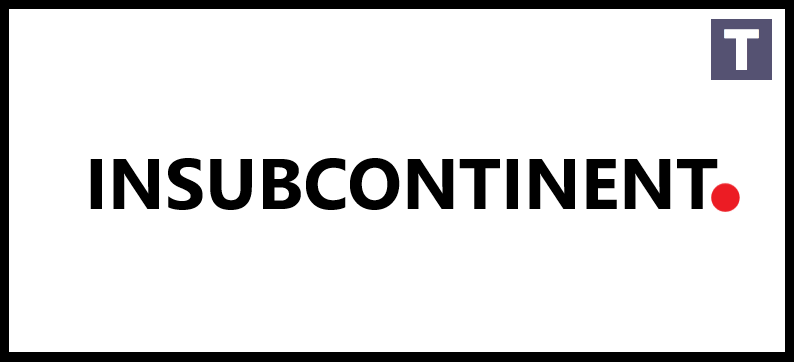
- Details
- Category: Technology Today
Read more: Samsung's new Galaxy Watch application advises you to clean your damn hands, dummy
Write comment (95 Comments)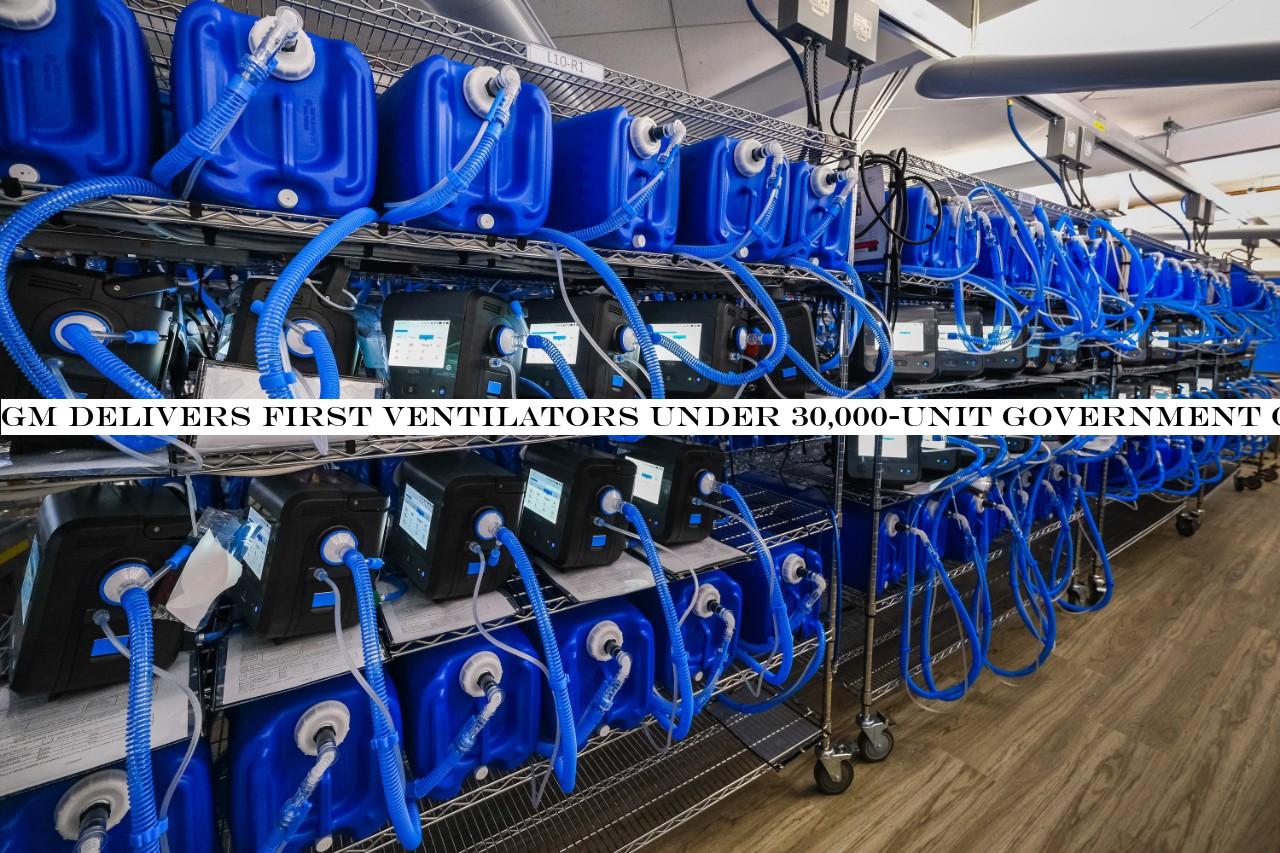
Ventilators assembled by GM and Ventec Life Systems were delivered to hospitals Thursday night with more making their way to facilities today and through the weekend, the first in a 30,000-unit order with the U.S. government.
The deliveries, which went to hospitals in Chicago and Olympia Fields, Ill., are a milestone for the two companies that launched an effort less than a month ago to make thousands of ventilators for hospitals during the COVID-19 pandemic.
GM and Ventec announced a partnership March 20 to help increase production of respiratory care products such as ventilators. The companies had initially focused on making Venteccritical care ventilators called VOCSN, a higher end multi-function device that includes a ventilator, oxygen concentrator, cough assist, suction and nebulizer. The device, which has more than700 components, was cleared in 2017 by the FDA.
GM investigated the feasibility of sourcing the materials needed as well as what it would take to build a new clean room and production line within its Kokomo, Ind. factory. GM estimated it would cost about $750 million, a price that included retrofitting a portion of the engine plant, purchasing materials to make the ventilators and paying the 1,000 workers needed to scale up production, the source said. The remaining $250,000 of estimated costs came from Ventec.
The Trump Administration balked at the price tag, putting a contract with the U.S. government in limbo. GM and Ventec planned to push ahead anyway, even as President Trump used Twitter to criticize the automaker and its CEO Mary Barra . Trump then signed a presidential directive ordering GM to produce ventilators and to prioritize federal contracts, just hours after the automaker announced plans to manufacture the devices.
In spite of the scuffle, GM did reach a $490 million contract with the federal government to produce 30,000 ventilators by the end of August. Under the contract, GM is producing a different critical care ventilator from Ventec called the VOCSN V+Pro, a simpler device that has 400 parts. The other more expensive and complex machine had a multi-function capability.
To speed its ability to build ventilators, the government contract calls for the VOCSN unit with ventilator capability only, according to GM.
Production began this week with one shift of workers and is ramping up. Eventually, GM has plans to add a second and then a third shift in the coming weeks, according to a company spokesperson. More than 1,000 workers will be needed over the three shifts.
To date, 10 ventilators have been delivered to Franciscan Health in Olympia Fields. Another 10 were expected to be delivered Friday afternoon to Weiss Memorial Hospital in Chicago.A third shipment of 34 ventilators will be delivered Saturday to the Federal Emergency Management Agency at the Gary/Chicago International Airport for distribution to other locations where the need is the greatest, according to GM.
The need for ventilators is urgent as cases of COVID-19 pop up with increasing frequency as widespread testing begins. While some people with COVID-19 reported more mild symptoms, others have experienced severe respiratory problems and need to be hospitalized. The shortage has prompted automakers including Ford and Volkswagen to investigate ways of ramping up ventilator production. Ford and GE Healthcare have licensed a ventilator design from Airon Corp and plan to produce as many as 50,000 of them at a Michigan factory by July.
Automakers are also making face masks, face shields and Powered Air-Purifying Respirators (PAPRs) for healthcare workers.
- Details
- Category: Technology Today
Read more: GM delivers first ventilators under 30,000-unit government contract
Write comment (90 Comments)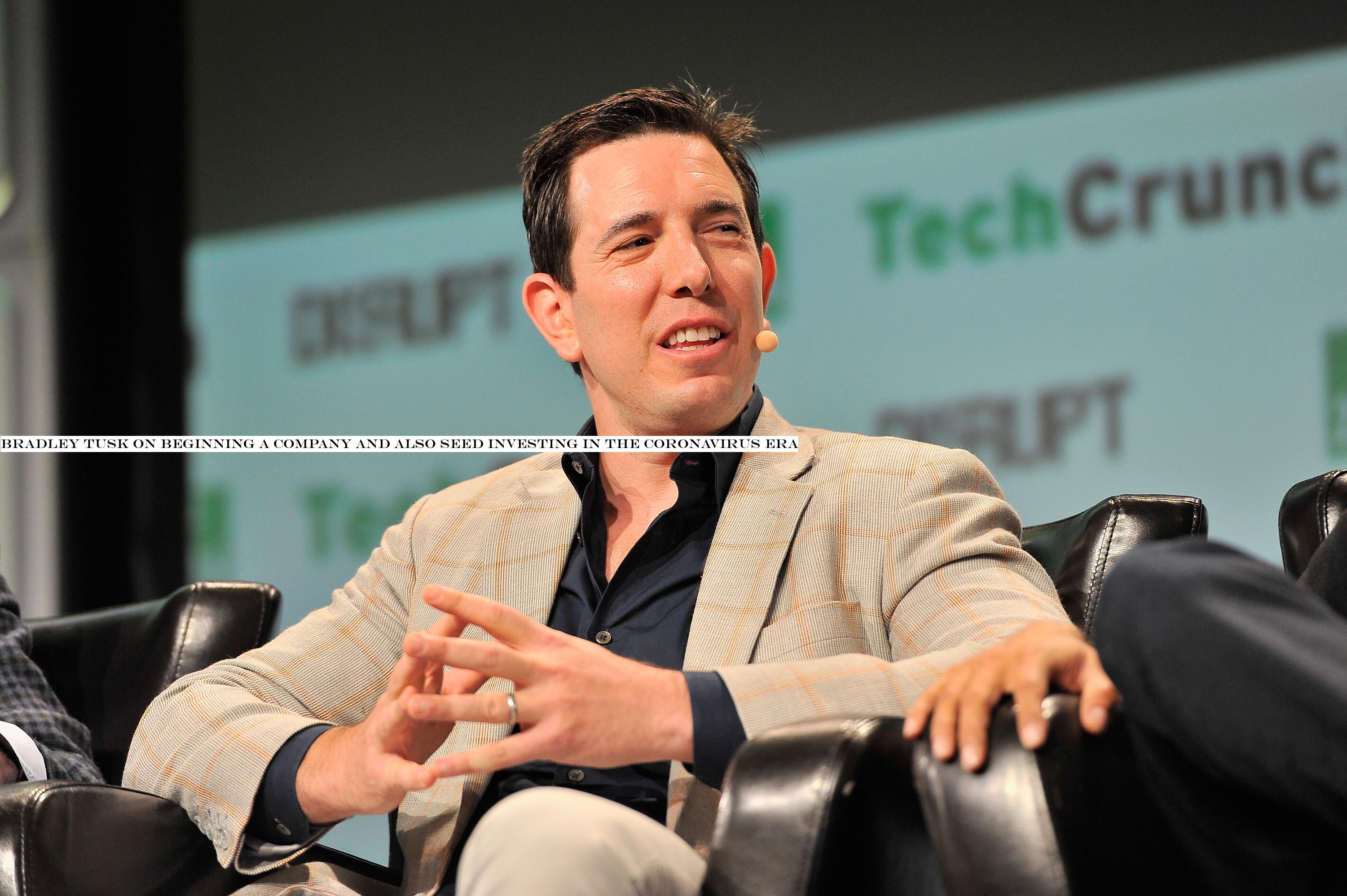
Bradley Tusk has carved a unique path in the VC investment landscape: A longtime political and communications operative, he has built a track record for Tusk Ventures by going after highly regulated industries, rather than shying away from them.
Whether it is ride-hailing, sports betting, cannabis or myriad other regulated sectors, Tusk takes the approach that laws are ultimately malleable, and if a service is popular, its users can mobilize to effect change.
Given his unique perspective, it was great to have him join us this week in an Extra Crunch Live call — our new initiative here at TechCrunch to bring tech-world thought leaders right to your screens.
In our conversation, Tusk talked about edtech, telemedicine, cannabis, mobile voting, biotech, pandemics and the future of regulated industries in this dastardly economic environment. We&ve transcribed a handful of his answers to our and our readers& questions and have embedded the entire video below the fold.
We&ve edited his written answers for clarity and brevity.
- Details
- Category: Technology Today
Read more: Bradley Tusk on beginning a company and also seed investing in the coronavirus era
Write comment (99 Comments)If you have ever attended (or tuned into) one of Monzo many community events, you are likely familiar with the work of Simon Balmain. An early employee of the challenger bank, he has played a long term role in helping to build Monzocustomer support and community efforts and was often seen emceeing events.
Now TechCrunch has learned that Balmain is departing to join Sphere, the perpetually stealthy startup founded by Nick D&Aloisio, who previously founded news summary app Summly, which he famously sold to Yahoo aged 17for areported $30 million.
According to sources, the former &Monzonaught& will be tasked with helping bolster Spherecommunity efforts. Sphere began life as a question and answer app that let you find and instantly chat to paid experts on a range of topics but has since pivoted to a chat app built from the ground up for groups.
&Sphere is a chat app for groups to feel closer and achieve more, together,& reads the App Storedescription. Features listed for Sphere Group Chat include the ability to create multiple chats for a single group; send highlighted announcements so no one in a group misses important messages; and send notifications to individuals or everyone who hasn&t read your message &in just one tap&.
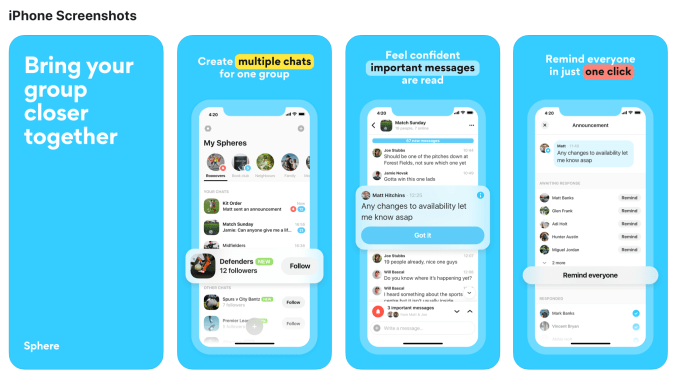
Meanwhile, we first reported on London-based Sphereexistence back in October 2017, after being tipped off by sources and uncovering regulatory filings revealing that D&Aloisio had raised funding from Index Ventures, and LocalGlobe (the early-stage VC firm founded by Robin and Saul Klein). And in March last year, the FT reported that Sphere had raised a total of $30 million, adding Michael Moritz as a backer, and noting that the startup had unusually remained in stealth for a whopping 2.5 years.
That was a whole year ago. With a newly recruited community specialist, a less opaque launch is unlikely to be too far away.
- Details
- Category: Technology Today
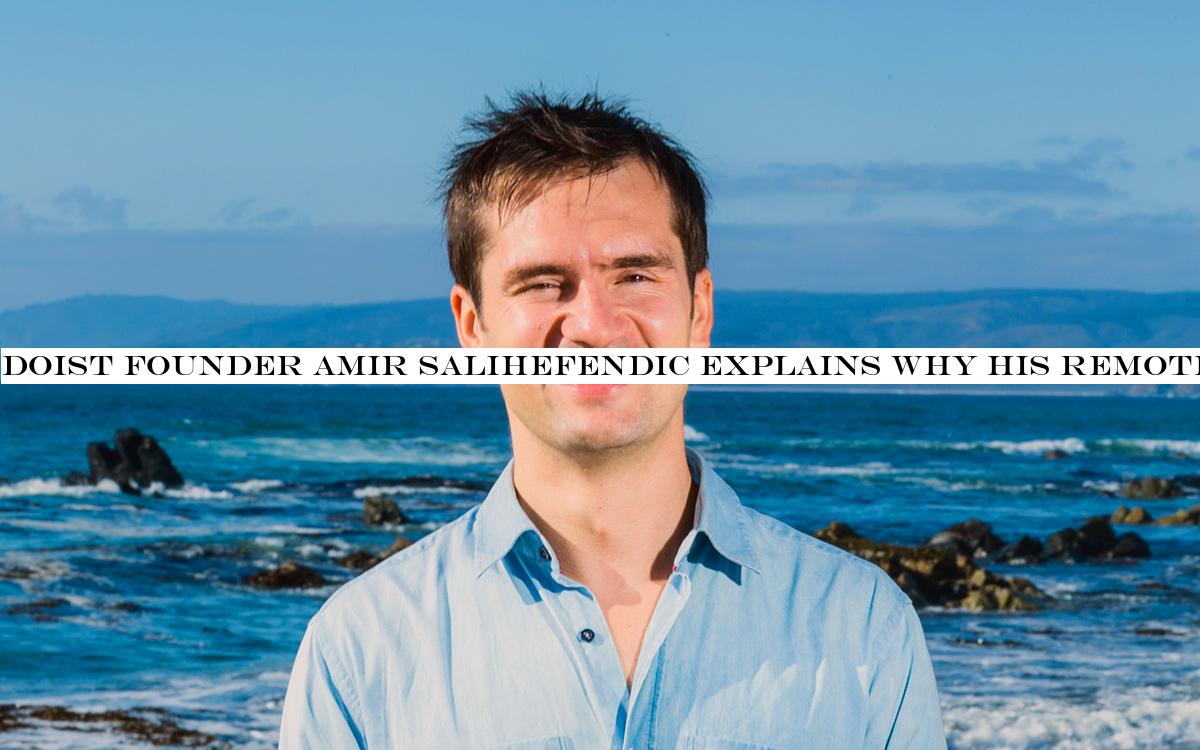
Does working from home have to mean sitting in a chatroom all day or always being available for a video call?
Real-time chat and video platforms are great for building camaraderie and maintaining a sense of connection with remote teams, but when you need to focus for a few hours, it can be tough to tune out the endless GIFs and notifications.
Some of the most successful fully remote companies (like GitLab, or Zapier) have promoted the benefits of asynchronous communication — a fancy way of saying that not every conversation needs to happen in real time. Your server is down? You probably need to have that conversation now. Brainstorming a new feature? That might work best when everyone has a bit more time to think between responses. The key is acknowledging the strengths of both synchronous and asynchronous communications — and finding the right mix.
Doist co-founder Amir Salihefendic has been an async advocate for years. After leading a team spread around the globe to build popular task management tool Todoist, he set out to build Twist, a tool specifically built for conversations that deserve a longer shelf life.
I chatted with Amir last week to hear his thoughts on the strengths and weaknesses of both approaches, how he balances the two (and handles emergencies) and why he has focused heavily on making async a part of his companyculture. Herea transcript of our chat, lightly edited for clarity and brevity.
TechCrunch: How big is Doist now?
Amir Salihefendic: I think we are about 73 people spread around 30 different countries now. [We&re on] most of the continents around the world.
Why&d you go remote in the first place? What made you make that call?
- Details
- Category: Technology Today
Page 952 of 1437

 12
12





